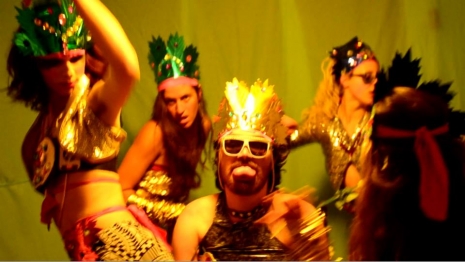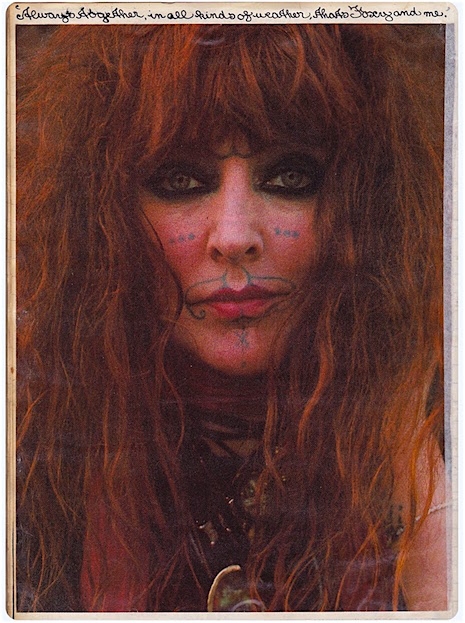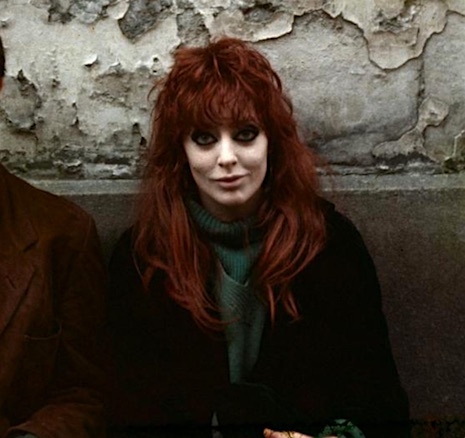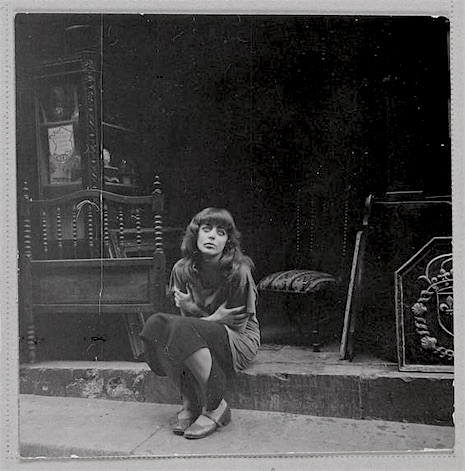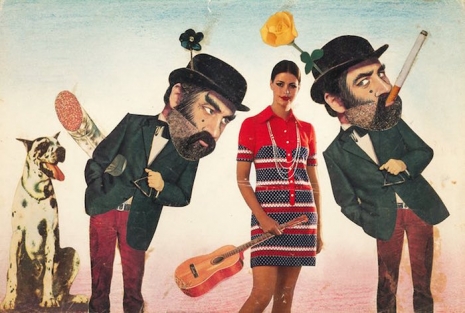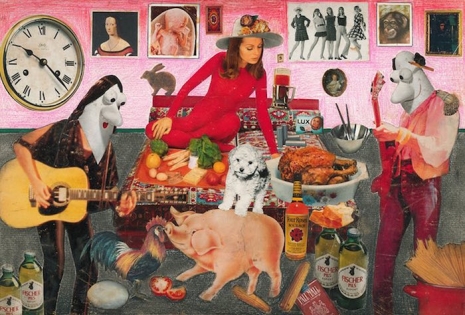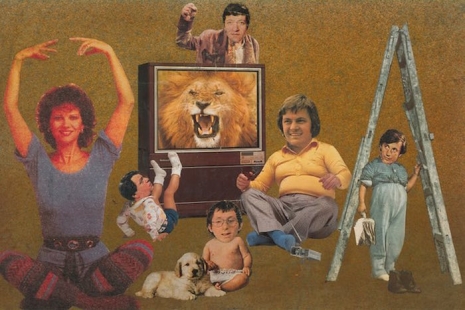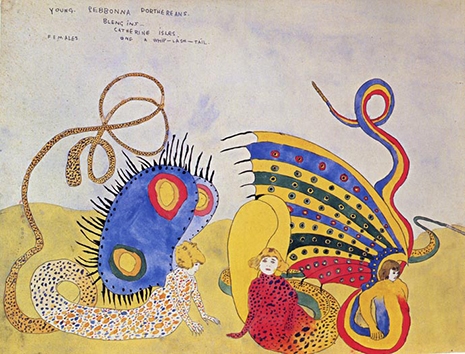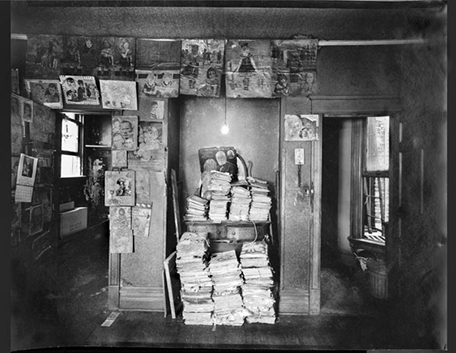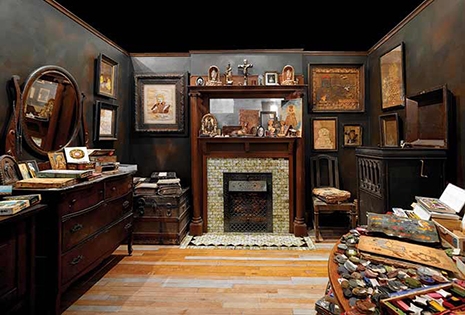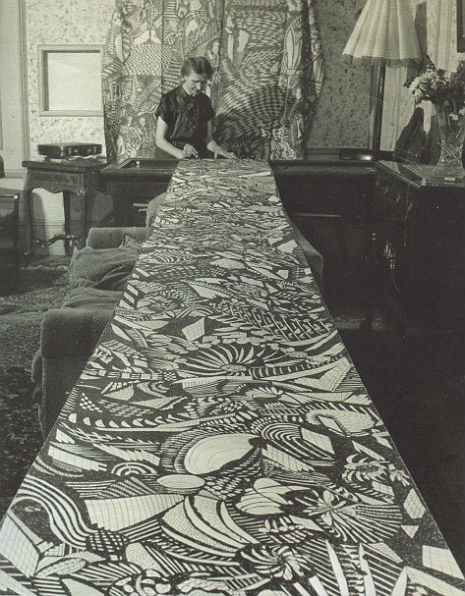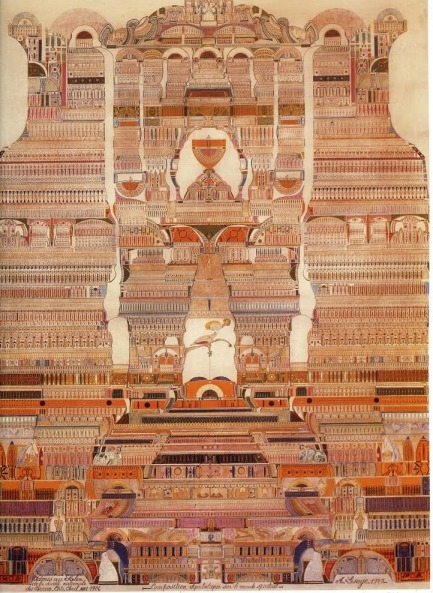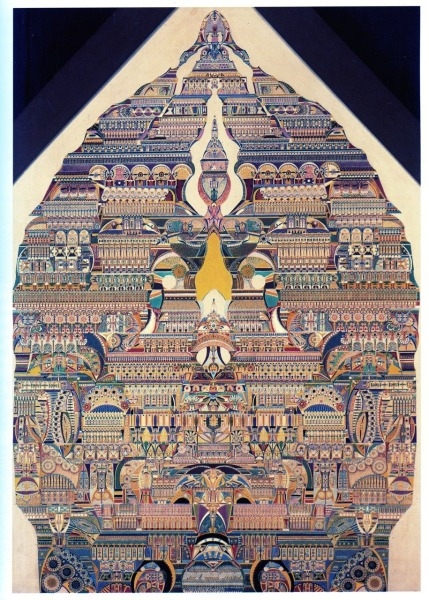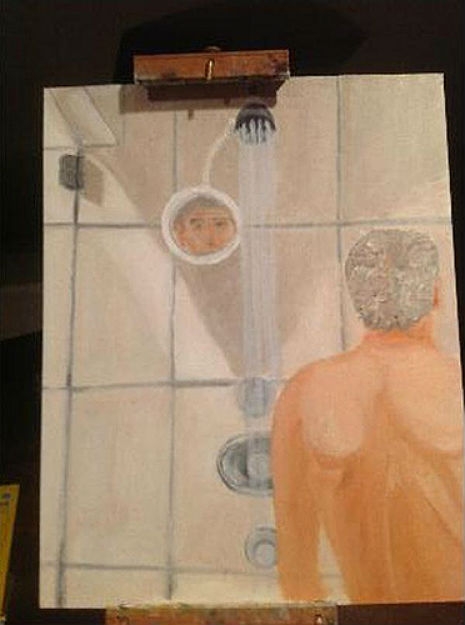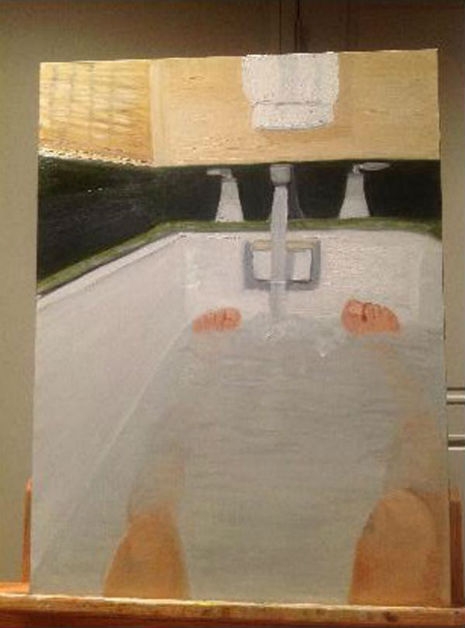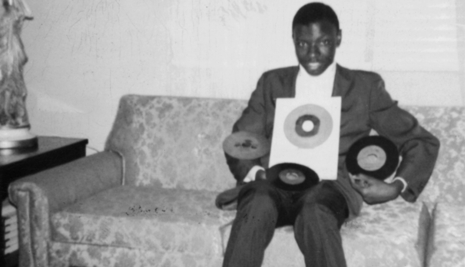
Mingering Mike dreamed of making it big. The D.C. native came into his own during a period of turmoil in the nation’s capital, where drugs, crime, and political frustration ruled the streets around his home. His mother died from leukemia when he was six and without a father figure present, Mike’s oldest sister Cathy raised him and his siblings when she was just a teenager. Mike was shy growing up, still is today. He preferred to watch the world go by at his window. It was a challenging upbringing, but he had his music.
Mike still hasn’t learned to play a musical instrument. Cathy was part of two spiritual groups and would often sing at home. Mike liked to sing, too. He performed his songs in the bathroom where the acoustics were better. Oftentimes family members would contribute to his original compositions, lending an additional voice to mimic instrumentation. To date, Mike has written over four-thousand original songs, but only a few rough demos were ever recorded. When I spoke with him, Mike told me that he wants a hypnotist to help him recall some of his vast, forgotten discography.
Mingering Mike’s “There’s Nothing Wrong with You Baby.” Recorded in 1969
Music of the District’s African American community flourished in the Sixties. At the center of it was the historic Howard Theatre, where Mike’s older brother was a manager. The time Mike spent watching performers at the Howard, along with an early-age obsession with record collecting, led him to fantasize about the life of a famous musician. So he decided to become one.

With limited resources, Mike created his first album in 1968; the appropriately titled Sit’tin by the Window. The record was the first of many chart-topping hits, jumpstarting a prolific music career that would last Mike ten years. When he called it quits in 1977 to get a real job, Mingering Mike had self-released over fifty full-lengths on record labels he also founded. Of these releases were smash-hit live albums, greatest hits compilations, a tribute to Bruce Lee, a benefit for sickle cell anemia, and soundtracks to his many films. That’s right - Mike wrote, directed, and starred in over nine feature length films. He also produced and collaborated on legendary works by artists like Joseph War, Audio Andre, and the Outsiders. The ensemble traveled the world together and performed to sold out crowds.
It was a music career of infamy, but the thing was, Mike never actually released any music. In fact, his name isn’t even Mike. His LPs were one-of-a-kind, painted record sleeves with fake liner notes, copyright info and packaging. Each release even came with a cardboard cutout “disc,” complete with painted grooves. It was in Mike’s imaginative world that he was the soul superstar that he often dreamt about.
The records promoted social justice, protested the Vietnam War, decried drug usage. Like a true musician, Mike expressed his heartfelt emotions through his albums. When the draft slip arrived for Vietnam, Mike wrote the hit song, “But All I Can Do is Cry.” Refusing to serve, Mike went AWOL and spent most of his time working on music indoors, hiding from the military police. The unsettling environment of the era gave him a lot to think about.
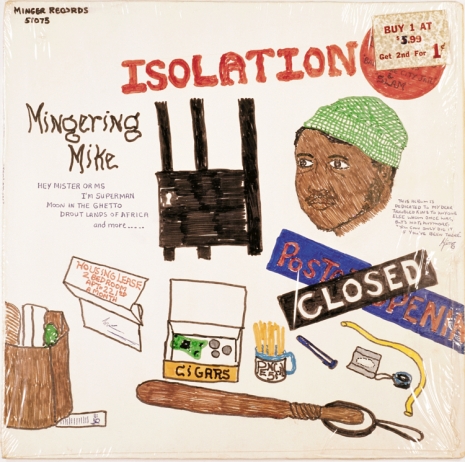
Despite leading a bountiful career in an imaginative cardboard world, the fable of outsider artist Mingering Mike had remained unknown to anyone on the outside. After calling it quits in showbiz, Mike took a final bow and his discography was placed in storage. Once he fell behind on a payment, his entire collection and was sold off. In December 2003, crate-digger and soul devotee Dori Hader was scoping bins at a D.C. flea market and stumbled across the myth of Mingering Mike. Confused at its significance, Dori posted photos on the record collector forum Soul Strut and he, along with fellow discoverer Frank Beylotte, were able to track Mike down at home. Today, his story can finally be told.
In 2007, Hadar published the book Mingering Mike: The Amazing Career of an Imaginary Soul Superstar. The book contains scans of Mike’s incredible album covers and backstory. The Smithsonian acquired the collection and in 2015, exhibited Mike’s discography at the American Art Museum. David Byrne had even reached out to produce a tribute album based on the enlightening story. Today, Mike’s album imagery lives on through releases by Daptone’s The Ar-Kaics and R.E.M.’s Peter Buck. It had been nearly fifty years, but Mike had finally gotten the spotlight he had once envisioned.
Take a look at some of Mingering Mike’s iconic album covers, after the jump…






